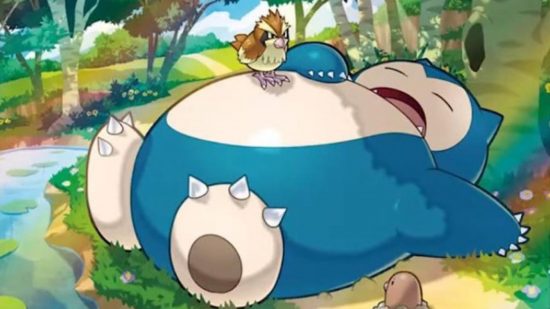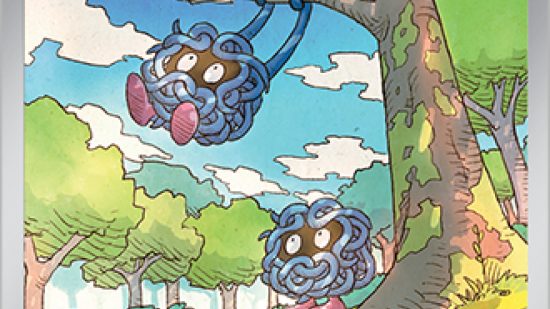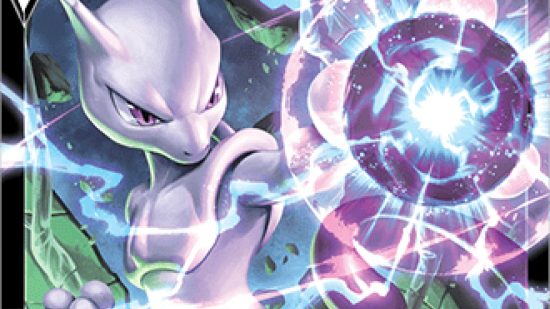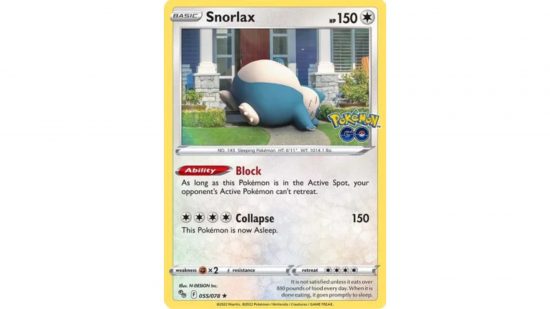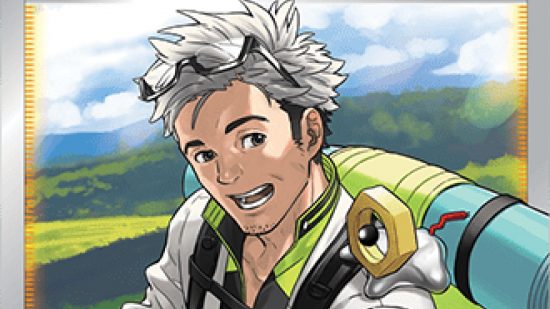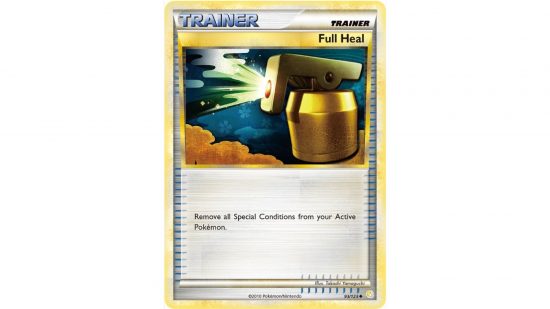Whether you want to paralyze your foe, inflict dangerous burns, or just send Pokémon to slumberland, there’s a lot of fun to be had with Pokémon TCG special conditions. There are five special conditions in the TCG in total, and this guide will explain the rules for each one.
Pokémon TCG special conditions are kind of niche these days. They’re not as important as understanding VSTAR Pokémon cards, for instance, or knowing the best Pokémon trainer cards. But because special conditions aren’t exactly central to the best Pokémon decks, that means more players than ever can be confused about their rules.
And of course, it doesn’t help that the Pokémon TCG status effects are all a bit different to their video game equivalents.
Read on to learn more about the special conditions in Pokémon:
Pokémon TCG Paralyzed rules
When a Pokémon is hit with the Pokémon TCG Paralyzed condition, it can’t attack or retreat (but you can still use its abilities). While pretty debilitating, the Paralyzed condition soon wears off on its own. In fact, it just lasts one turn. At the end of your turn, if your Pokémon was Paralyzed at the start of the turn, you remove the Paralyzed condition.
Each special condition has a unique token or orientation associated with it. To demonstrate that a Pokémon is Paralyzed, you turn it 90 degrees clockwise, so it’s effectively sideways on the board.
Pokémon TCG Poisoned rules
When a Pokémon has the Pokémon TCG Poisoned condition, you place a Poisoned token on it (it’s the green one with the little skull). Poisoned Pokémon receive a damage counter in between turns. That’s not just after your turn, it’s also after your opponent’s turn.
That means they take 20 damage a turn, not nothing, but not exactly threatening for the highest HP Pokémon cards with over 300 life.
Pokémon TCG Confused rules
If a Pokémon gets the Pokémon TCG Confused special condition, you turn it upside down – not face down, so that it’s head is facing you. Just like in the video games, sometimes being Confused does nothing.
Each time a Confused Pokémon attacks, you flip a coin. On Heads, the attack works as normal. On Tails, you cancel the attack (it has no effects) and the Pokémon take three damage counters.
Pokémon TCG Asleep rules
When your card is given the Pokémon TCG Asleep condition, it lies on its back – you turn it 90 degrees anti clockwise. Just like Paralyzed, an Asleep Pokémon can’t attack or retreat. But when this condition ends is more random.
In between each turn (both yours and your opponent’s) you flip a coin. On Heads, the Pokémon wakes up and loses this condition. On Tails, it remains Asleep.
Pokémon TCG Burned rules
The Pokémon TCG Burned condition is a lot like Poisoned, and similarly you use a token to represent it (this one looks like a Band-Aid). In between turns, if your Pokémon is Burned you flip a coin. On Heads, you’re A-okay, nothing happens. But on Tails, the Pokémon takes two damage counters!
Do Pokémon TCG special conditions stack?
Some Pokémon TCG special conditions stack, while others do not. Burned and Poisoned stack with all other conditions, though you can’t have multiple instances of each. However, Confused, Paralyzed, and Asleep cancel each other out. When a new one is applied, the previous one is removed.
That may sound confusing, but fortunately it’s really simple to remember, thanks to the way these conditions are represented in the game. If a Pokémon TCG special condition is represented with a token, it can be applied alongside other conditions. If the special condition is represented with an orientation, then it can’t. When a Confused Pokémon is made Asleep, for instance, you simply turn it the right direction – now it’s clearly shown to be Asleep, but not Confused.
What ends Pokémon TCG special conditions?
The Paralyzed special condition ends by itself, while the Asleep condition has a chance to end between each turn. And, as we just saw, certain Pokémon TCG special conditions cancel each other out. However, there are also several ways you can remove pesky special conditions from your Pokémon.
The first is moving Pokémon out of the Active zone. This doesn’t just mean retreating – anything that causes the Pokémon to move to the bench causes it to lose any special conditions.
The second is evolving Pokémon. When a Pokémon evolves, it retains damage counters, but loses any special conditions that were affecting it.
For more help with how to play Pokémon cards, check out our guide to the most powerful Pokémon cards, or this breakdown of the different Pokémon TCG formats.
